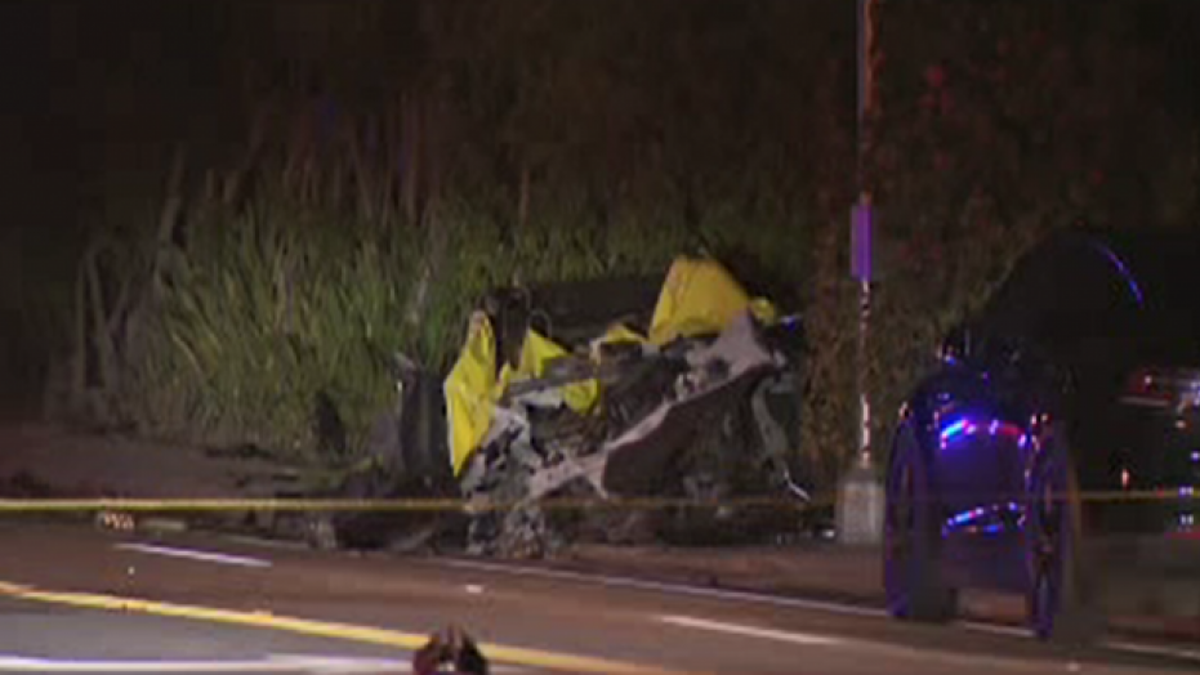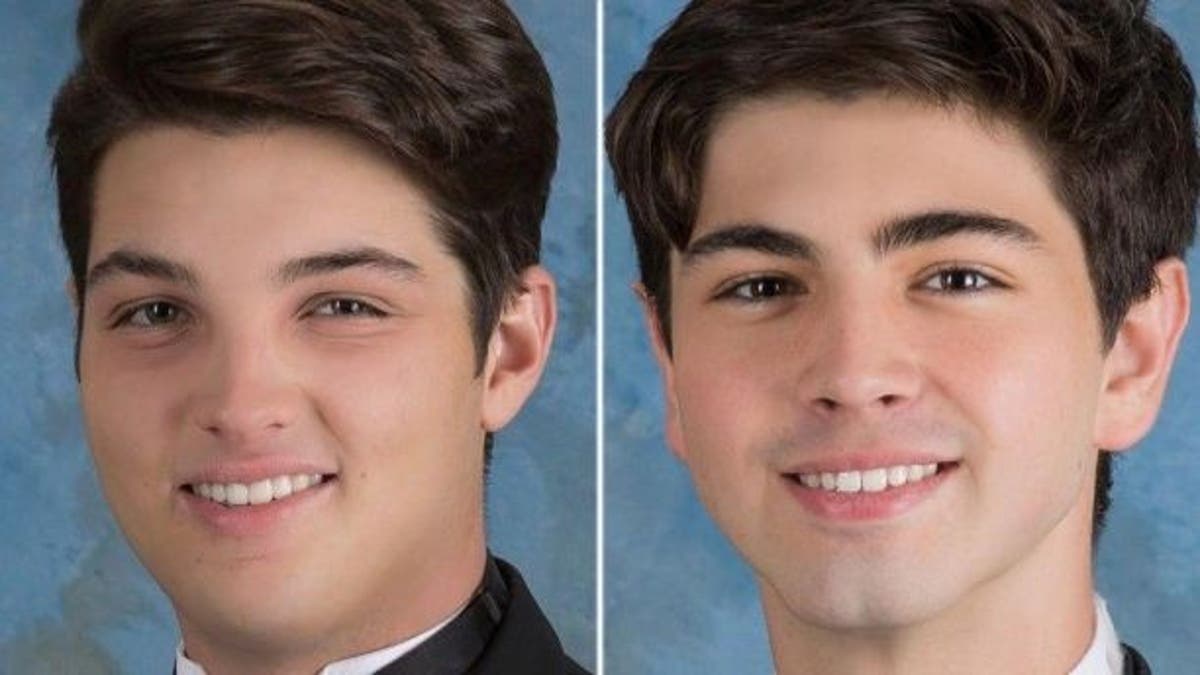
(WSVN)
A Tesla Model S involved in a fatal crash in Fort Lauderdale, Fla., on May 8 was being driven 116 mph in a 30 mph zone three seconds before the accident, according to a preliminary report from the National Transportation Safety Board (NTSB).
Eyewitnesses told investigators that the car had pulled out to pass another vehicle near a sharp turn marked with warning signs to slow to 25 mph, then lost control, hit a curb, ran into a wall, crossed the five-lane undivided road, hit a curb on the other side and struck a light pole before finally coming to rest. The battery pack was then seen catching fire and engulfing the vehicle in flames.

Pine Crest School (Barrett Riley and Edgar Monserratt Martinez were killed in the Ft. Lauderdale crash.)
Driver Barrett Riley and Edgar Monserratt Martinez were both trapped in the car as it burned and died at the scene, while a rear seat passenger, Alexander Barry, had been thrown from the vehicle and seriously injured. All three were 18 years old.
Data collected from the vehicle shows that Barrett hit the brakes and tried to make an evasive maneuver prior to impact, but was still travelling at 86 mph at the time the airbags deployed.

Reilly's Tesla Model S caught fire in the storage lot. (NTSB)
According to the report, firefighters were initially able to extinguish the blaze, but the battery reignited as removal crews were loading it onto a truck and it needed to be put out again. It started burning a third time when it reached the storage yard, requiring fire crews to be called to the location to extinguish it.
The recurring fires are similar to what happened after another fatal Tesla crash in Mountain View, Calif., in March, when the battery pack of a Tesla Model X was seen smoking hours after the accident in a storage lot and again caught fire there five days later.
Tesla has not yet commented on the Fort Lauderdale NTSB report. CEO Elon Musk called Reilly’s family after the accident, which the company said “has been a close friend of Tesla for many years."